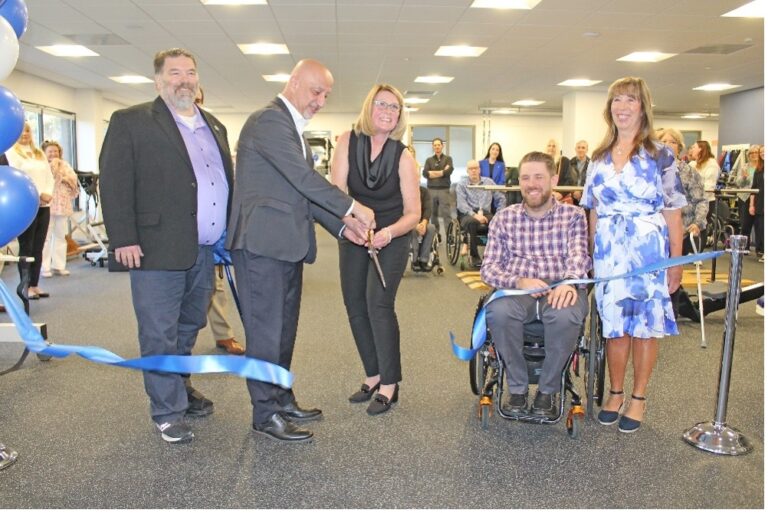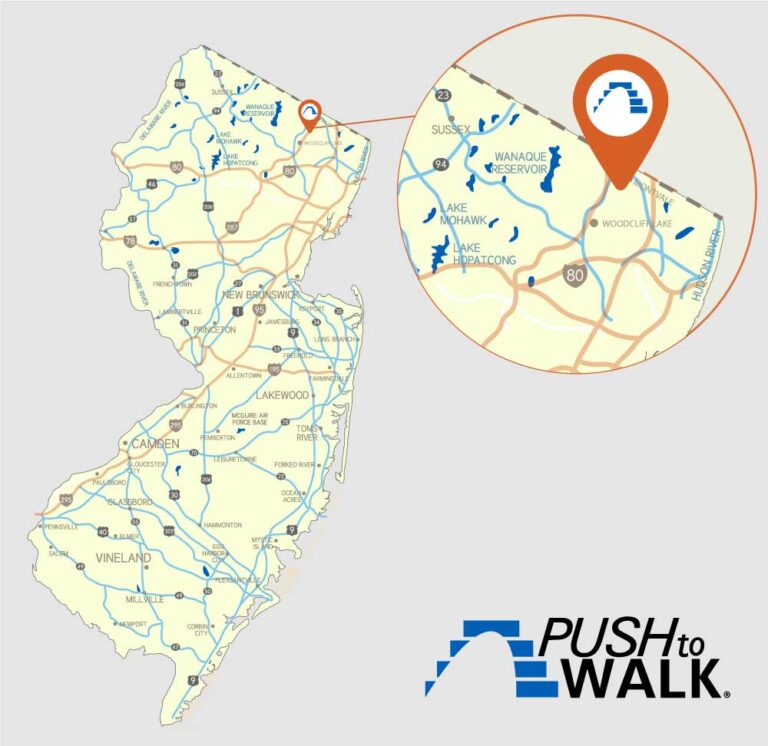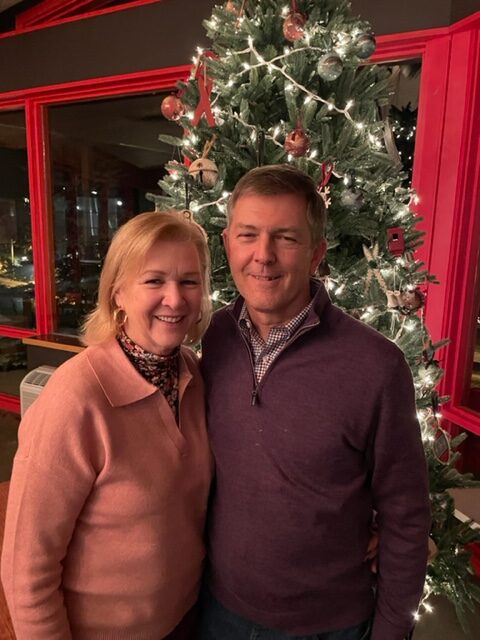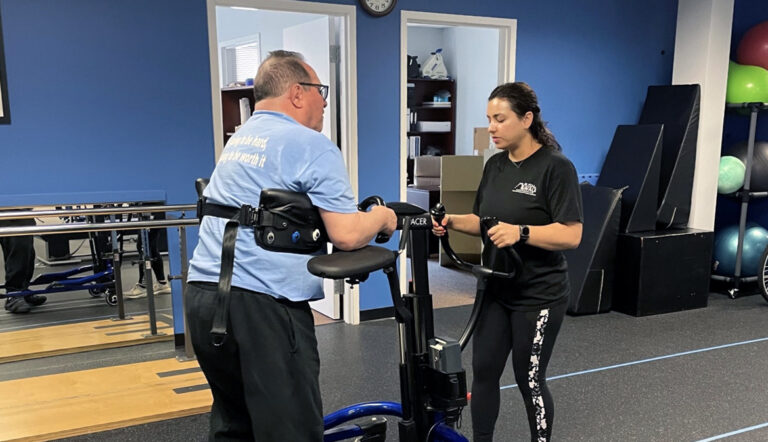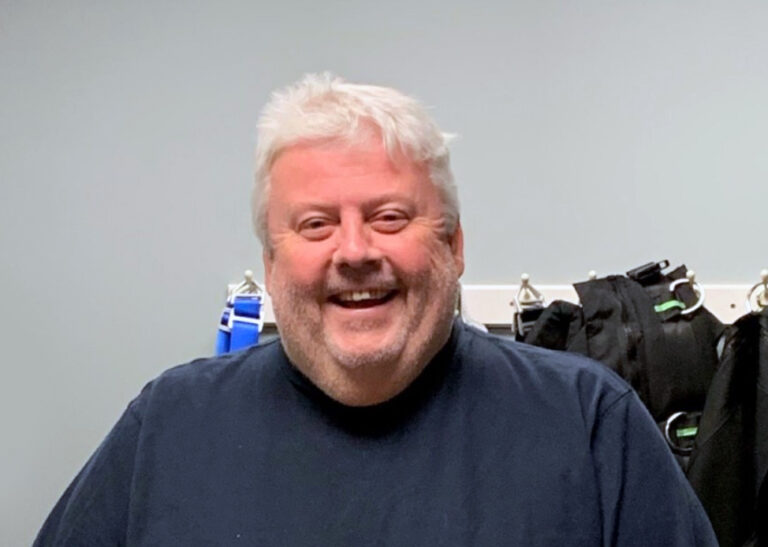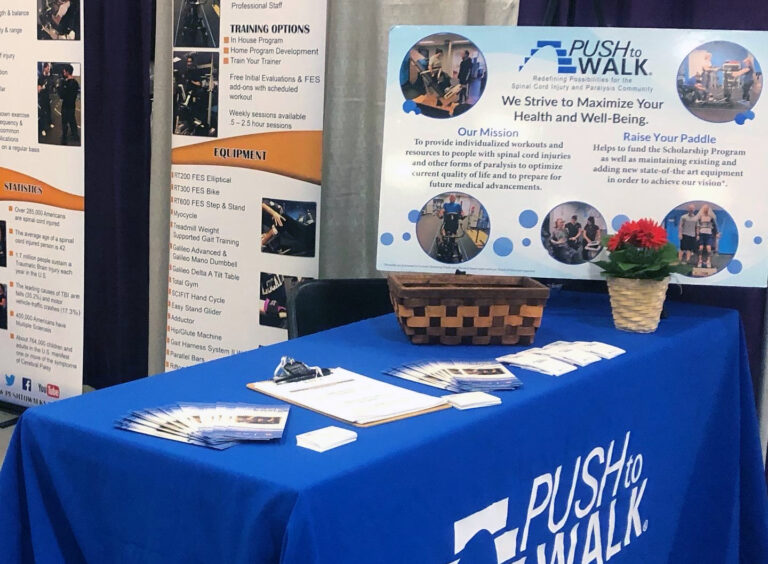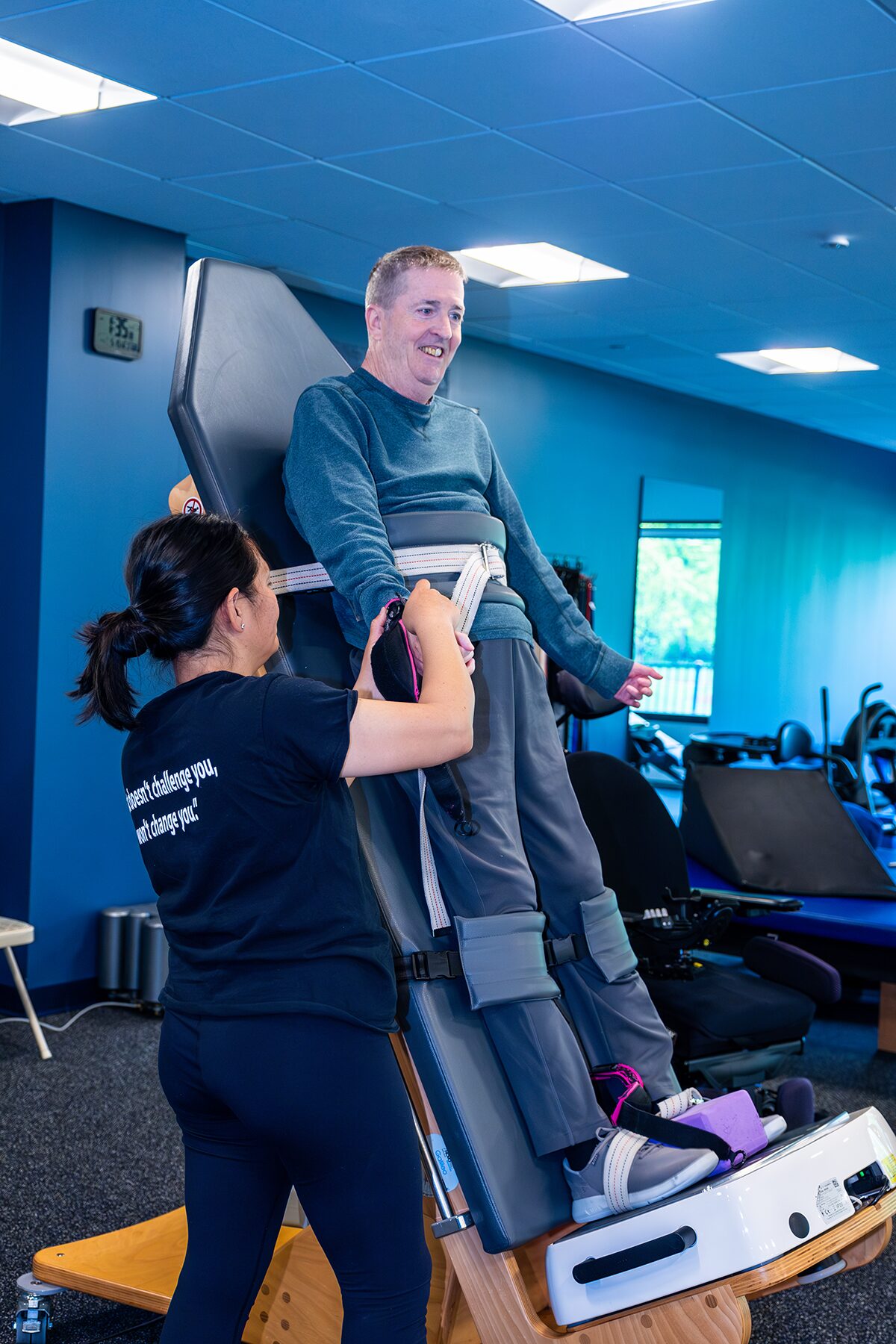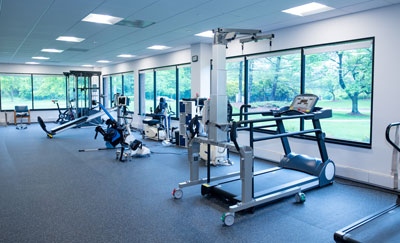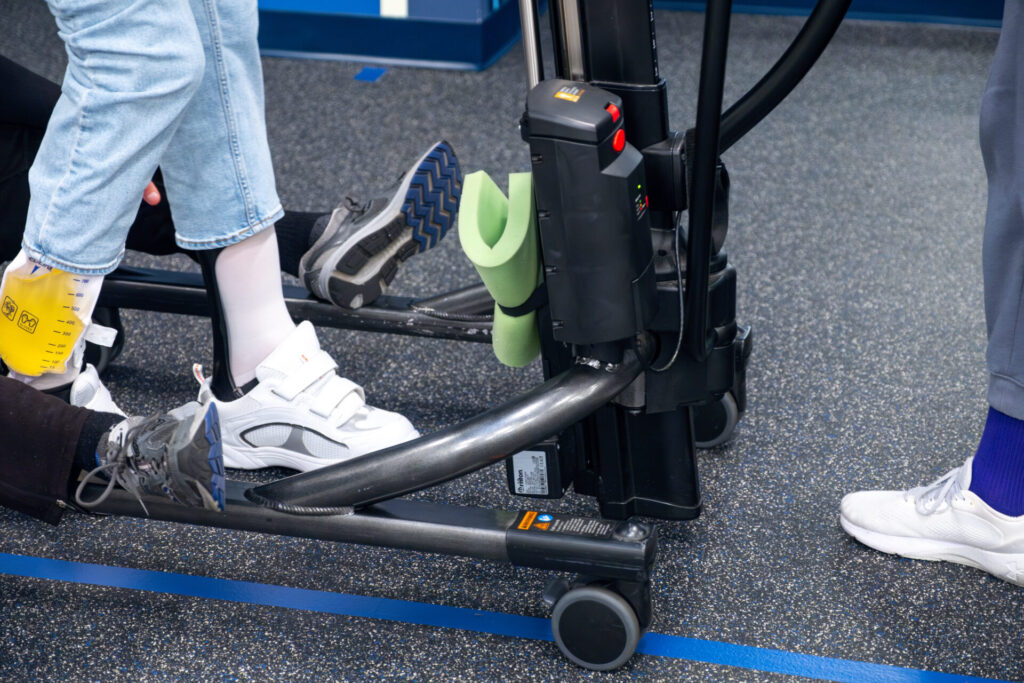
Finding Strength Through Support
At Push to Walk, we believe every individual should have the opportunity to reach their highest potential for mobility and independence. That’s why we incorporate specialized equipment like the Rifton Gait Trainer into our programs—empowering clients to take critical steps toward improved strength, balance, and confidence.

